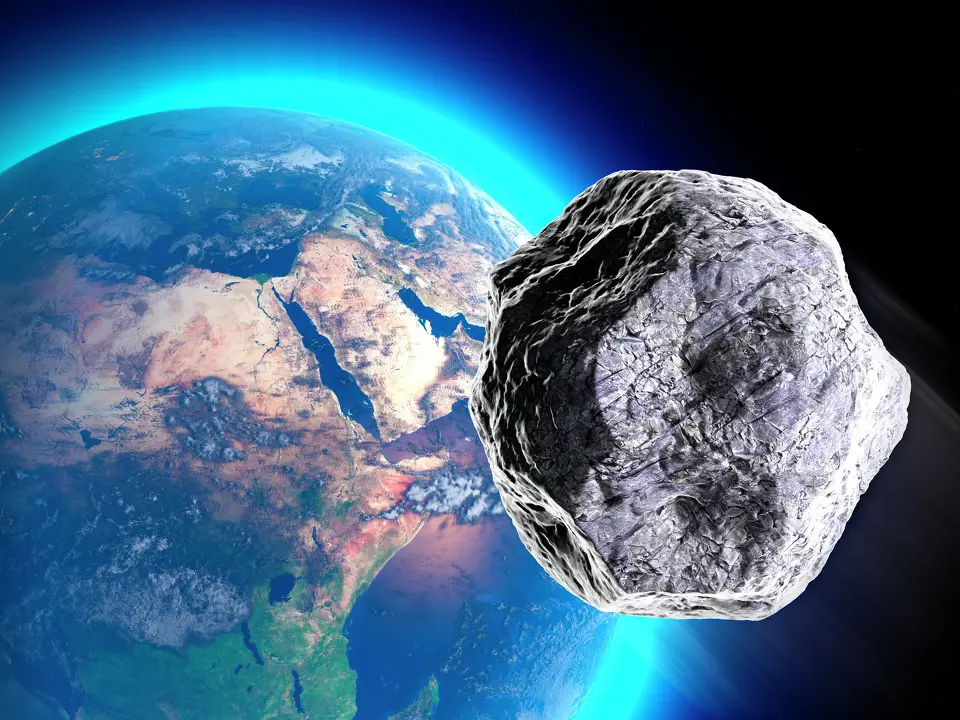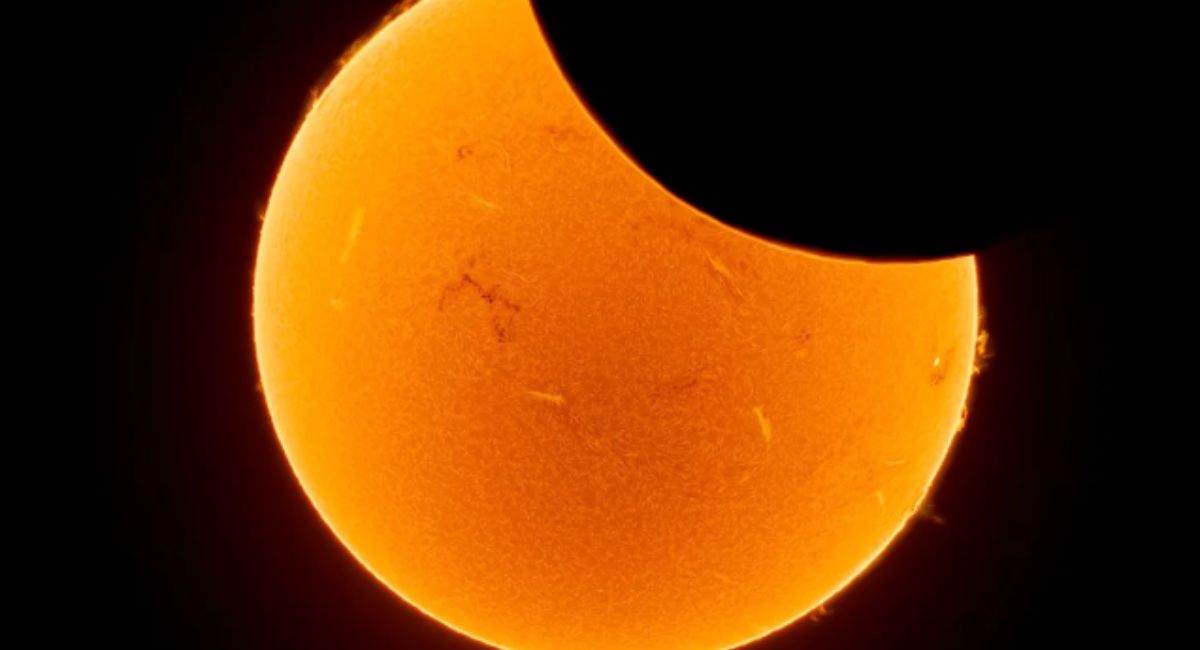In a stunning revelation that has captured the imagination of space enthusiasts worldwide, NASA has confirmed that Earth now has second moon—thanks to a mysterious asteroid known as 2025 PN7. This celestial body, which has been closely monitored for years, has finally earned the distinction of becoming Earth’s second natural satellite. Here’s everything you need to know about this groundbreaking discovery and its implications for our understanding of space.
What Is 2025 PN7?
2025 PN7 is an asteroid that has recently been flagged by NASA as Earth’s second moon. For many years, scientists believed that Earth only had one natural satellite—the Moon. However, 2025 PN7 has now been added to the list of objects in Earth’s orbit, forever changing our understanding of the planet’s relationship with asteroids.
Discovered in August 2025, the asteroid measures roughly 1.5 kilometers in diameter and orbits Earth in a peculiar trajectory. While it is much smaller than the Moon, its orbit places it in a stable, temporary gravitational relationship with Earth, making it a unique space phenomenon. This near-Earth object (NEO) was first spotted by astronomers at NASA’s Asteroid Impact Prediction Center, where it was identified as a candidate for a potential “mini-moon.”

How Does 2025 PN7 Orbit Earth?
Unlike the Moon, which follows a relatively predictable elliptical orbit around Earth, 2025 PN7 follows a more erratic path, sometimes moving closer to Earth and other times drifting farther away. Its orbit is classified as a quasi-satellite, meaning it revolves around the Earth but is not gravitationally bound in the same way as our primary moon.
Although its orbit doesn’t resemble the Moon’s, 2025 PN7 has been in Earth’s gravitational influence for several years. According to NASA’s latest reports, the asteroid will continue to orbit Earth for at least a few more decades, before eventually breaking free and continuing its journey around the Sun.
Why Is 2025 PN7 Called Earth’s Second Moon?
The term “second moon” might sound like a stretch, especially when we consider that 2025 PN7 is an asteroid and not a traditional moon like the one we’re familiar with. However, the name is justified by its orbital dynamics. Despite its small size, 2025 PN7’s unique relationship with Earth mirrors the characteristics of a natural satellite.
What sets it apart is the fact that it shares a gravitational bond with Earth, a trait typically reserved for moons. For the next few decades, the asteroid will continue to orbit in tandem with Earth, and its proximity to our planet gives it a “moon-like” status, even if only temporarily.
NASA Confirms Earth’s Second Moon
The announcement by NASA has sparked a flurry of excitement among space enthusiasts and scientists alike. The discovery of 2025 PN7 offers a unique opportunity to study how near-Earth objects interact with our planet. It also raises questions about how many other near-Earth objects could be considered “mini-moons,” and whether 2025 PN7’s orbit could change in the future.
NASA’s scientists have been closely monitoring this asteroid for years, using advanced telescopes and orbital tracking systems to ensure that it poses no immediate threat to Earth. While it has been classified as a near-Earth object, 2025 PN7 is not expected to collide with our planet. Instead, it provides a fascinating case study of how gravitational forces can influence asteroids and other space debris.
What Does This Discovery Mean for Space Exploration?
The discovery that Earth has a second moon opens up a wealth of possibilities for future space exploration. Asteroids like 2025 PN7 can provide valuable insights into the early solar system and the formation of celestial bodies. By studying 2025 PN7, scientists can learn more about the composition and behavior of asteroids, which could be critical for future missions to mining asteroids or protecting Earth from potential asteroid impacts.
Additionally, the concept of “mini-moons” may prompt further investigations into other asteroids and objects that could be temporarily captured by Earth’s gravity. These objects could play a role in future space exploration missions, especially if they provide valuable resources or new opportunities for scientific discovery.
Impact of 2025 PN7 on Earth’s Orbit and Gravity
While the discovery of 2025 PN7 is exciting, it’s important to note that the asteroid’s gravitational influence on Earth is minimal. Its presence in our orbit doesn’t significantly affect the planet’s tides or rotational axis. The Moon remains the dominant force when it comes to Earth’s gravitational relationship. However, 2025 PN7 does highlight the dynamic and ever-changing nature of Earth’s relationship with space objects.
Is 2025 PN7 a Risk to Earth?
NASA has assured the public that 2025 PN7 poses no immediate risk to Earth. The asteroid’s orbit is stable and its path is carefully monitored. While its presence in Earth’s orbit has caught the attention of astronomers, it is not classified as a threat. In fact, the asteroid’s orbit may gradually shift over time, but it is unlikely to result in any catastrophic events.
Scientists have been closely monitoring other near-Earth objects, and with advancements in space technology, the risk of any significant impact remains low. However, the discovery of 2025 PN7 serves as a reminder of the many celestial objects that share our cosmic neighborhood, and the importance of continued space observation and research.
Conclusion: A New Era in Space Science
NASA’s confirmation of 2025 PN7 as Earth’s second moon has sparked a renewed interest in the study of near-Earth objects and their role in our solar system. The asteroid’s temporary orbit around Earth offers scientists a unique opportunity to explore the dynamics of these celestial bodies and their potential impact on space exploration.
Though small and distant in comparison to our primary moon, 2025 PN7’s discovery has forever changed the way we view our planet’s relationship with asteroids and other space objects. As space technology continues to advance, who knows what other “mini-moons” are waiting to be discovered? Earth’s celestial neighborhood is larger and more mysterious than we ever imagined.
NASA’s discovery of 2025 PN7 is not just a breakthrough in space science—it’s a reminder of how much there is still to explore beyond our planet. The future of space exploration is filled with exciting possibilities, and 2025 PN7 is just the beginning.

Partial Solar Eclipse 2025 Near Dawn in New Zealand: Rare Sky Event
A rare celestial event will greet the skies this weekend as a partial solar eclipse unfolds across the southern hemisphere on September 21–22, 2025. For sky watchers in New Zealand, Australia, Antarctica, Fiji, and Samoa, the early hours will bring an unforgettable view: the Moon appearing to take a dramatic “bite” out of the rising Sun.
